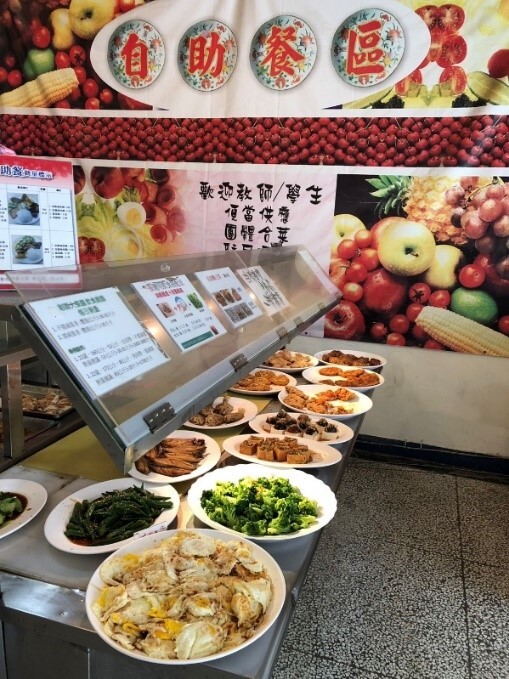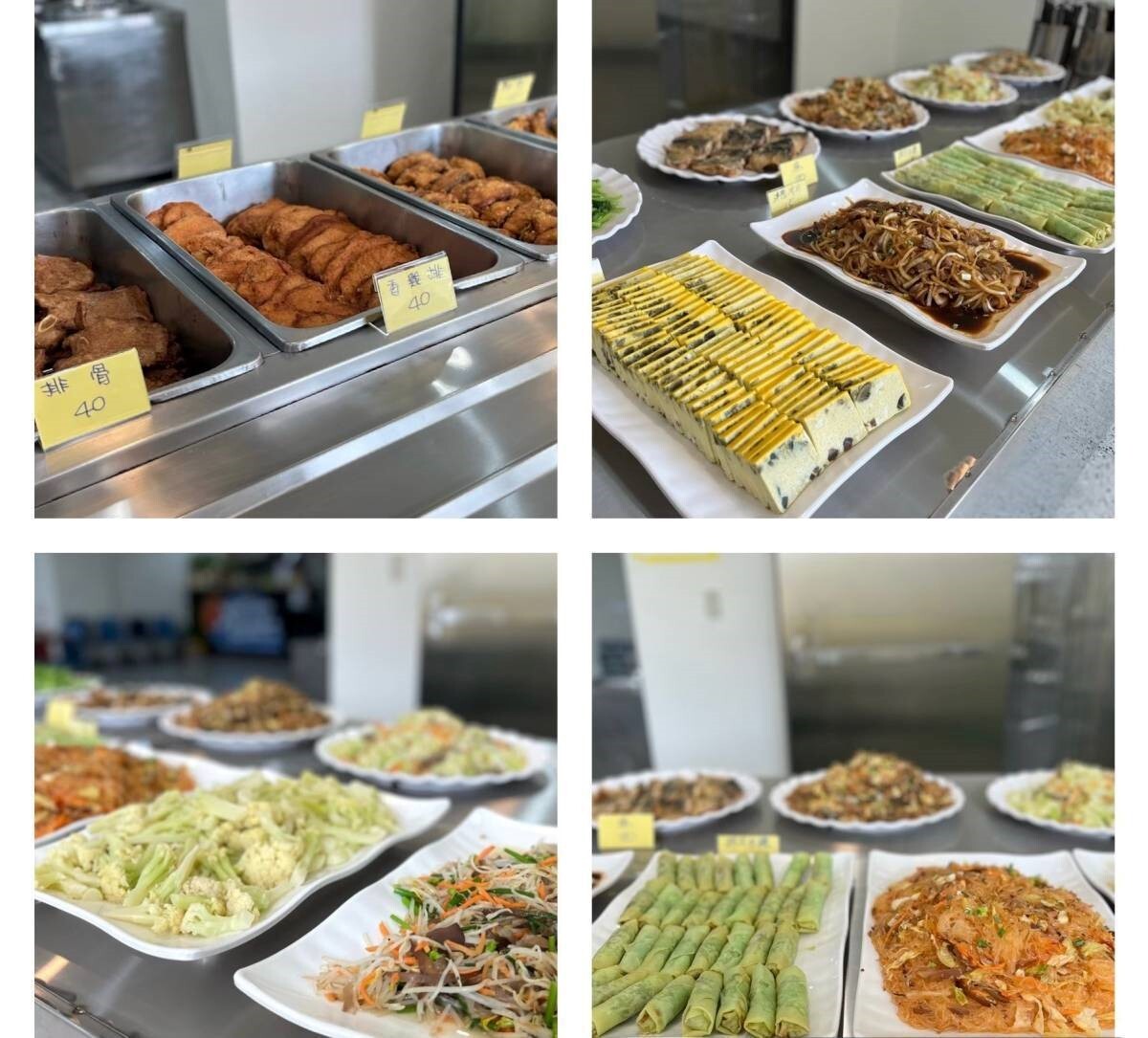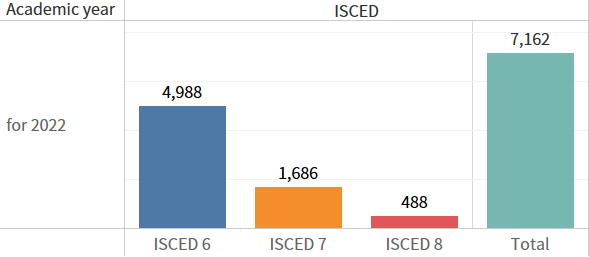SDG 2.2.2 Indicator: Campus food waste
Data Collected: Total food waste
1. Low average food waste
After measuring the total food waste generated by the school cafeterias at both of NCUE’s campuses in 2022, the total food waste amounted to 5.72 tonnes (5,720kilograms), resulting in an average daily food waste per faculty member and student of less than 2.75 grams. Compared to the 6.5 tonnes (6,500kilograms) of food waste generated in 2021, which resulted in an average daily food waste per faculty member and student of 3.16 grams, this reduction of 0.41 grams indicates a notable improvement in food waste reduction efforts. Please refer to Table 1.
Table 1. Daily Average Food Waste per Faculty Member and Student
|
Year |
Yearly Food Waste Generation |
Average Daily Food Waste per Faculty Member and Student |
Average Daily Reduction in Food Waste per Faculty Member and Student Compared to the Previous Year |
|
2022 |
5.72 tonnes |
2.75 grams |
0.41 grams |
|
2021 |
6.5 tonnes |
3.16 grams |
|
Note: The calculation formula is based on the year 2022.
(1)Daily average food waste generation = Annual food waste / Number of working days in a Year (5 working days per week × 52 weeks = 260 days): 5.72 tonnes / 260 days = 0.022 tonnes (22,000 grams).
(2)Average food waste per faculty member and student = Daily food waste/Total number of faculty members and students in the school (7,162 students + 827 faculty members = 7,989 people): 22,000 grams / 7,989 people = 2.75 grams.
2. Discouraging food waste
NCUE abides by the United Nations’ principle of avoiding food waste, asking teachers and students to “purchase food that you can finish but not more.” NCUE encourages the cafeterias to purchase ingredients from local farmers. This allows them to make the freshest, most delicious meals while also reducing the carbon footprints associated with transporting the ingredients. (Figure 2)
|
|
|
|
Figure 2. Buffet-style meals made by our school cafeterias with local ingredients |
|
Data Collected: Campus population
The campus population is 7,989, with 7,162 students in day-time courses and 827 staff members.
1. A total of 7,162 students: 4,988 in bachelor’s programs; 1,686 in master's programs; 488 in doctoral programs. For campus population, please refer to Figure 3.
|
|
|
Figure 3. Campus Population |
2. A total of 827 staff members: 368 teachers, 90 staff members, 6 technicians, 212 employees in the school fund, and 151 project assistants in the program. For faculty numbers, please refer to Figure 4.
|
|
|
Figure 4. Faculty Numbers |




